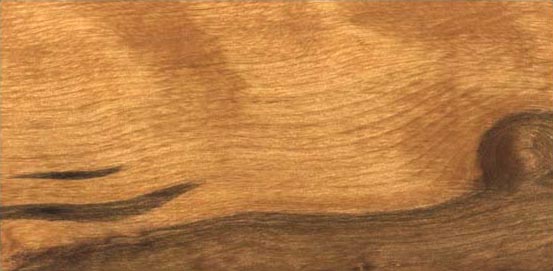 |
Birch
Yellow birch is rather widespread, abundant, and secure globally, although it may be rare in parts of its range, especially at the periphery (Source - The Nature Conservancy - Rank of relative endangerment based primarily on the number of occurrences of the species globally ).
Distribution
Yellow birch is reported to occur in Lebanon, New Brunswick, Newfoundland, Nova Scotia, Ontario, Prince Edward Island, and Quebec in Canada. Its growth range in the United States is reported to be Connecticut, Georgia, Indiana, Kentucky, Massachusetts, Maryland, Maine, Michigan, Minnesota, North Carolina, Delaware, Great Smoky Mountain National Park, Iowa, New Hampshire, New Jersey, New York, Ohio, Pennsylvania, Rhode Island, South Carolina, Tennessee, Tennessee Valley, Illinois, Virginia, Vermont, Wisconsin, and West Virginia. The tree is usually found growing with other hardwoods and conifers in cool moist upland soils, including mountain ravines. Birch is also reported to grow in Northern Europe and Northern Asia. The tree is described as very hardy and can even survive at the polar regions. Some dwarf races of Birch are reported to survive in the Arctic tundra, on the perma-frost soils that are usually frozen over during most of the year.
Product Sources
It is not known at present whether timber from this species is obtainable from sustainably managed or other environmentally responsible sources.
The following species in the database is reported to be superior in properties to Yellow birch:
Determa (Ocotea rubra )
Strength properties of the following species in the database are reported to be comparable to those of Yellow birch:
Black cherry (Prunus serotina )
European cherry (Prunus avium )
The following species in the database are reported to be similar in appearance to Birch:
Anegre (Aningeria altissima, A. dombeyi, A. robusta )
Pau marfim (Balfourodendron riedelianum )
The following species in the database has been suggested as a potential substitute for Birch:
Copal (Protium paraense , P. sagotianum , P. decandrum )
White tabebuia (Tabebuia insignis )
Tree Data
The fully grown tree is reported to be often 70 to 100 feet (21 to 30 m) in height and 30 inches (80 cm) in diameter. Birch bark is reported to be full of natural waxes that render it waterproof. The tough and durable bark is also reported to remain in the soil long after the inside of the tree has rotted away. The birch tree is reported to be rather short-lived, and rarely exceeds 80 years of age.
Sapwood Color
The sapwood is described as whitish, pale yellow, or light reddish brown.
Heartwood Color
The heartwood is light to dark brown or reddish brown.
Grain
The grain is reported to be typically straight, but some logs may contain wavy or curly grain. Birch is described as one of the most featureless of all North American hardwoods, but it has a natural pleasing figure which makes it very attractive for furniture. Annual rings, grain and pores are often indistinct, and a uniform scattering of fine pores or vessels throughout the material gives it a dull and lusterless appearance.
Texture
Texture is fine and even.
Odor
There is no distinctive odor or taste.
Ease of Drying
The wood is reported to dry rather slowly. It is reported to be accompanied by little degrade, but shrinkage tends to be fairly high.
Drying Defects
End-checks, surface-checks, collapse and honeycomb due to wetwood (usually in the heartwood) and mineral streaks, are some common drying defects associated with the wood.
Kiln Schedules
T8 - C4 (4/4); T5 - C3 (8/4) US
Movement in Service
The wood is reported to have poor dimensional stability, and shows considerable movement in use.
T/R Ratio
1.43
This indicator is more meaningful if it is used together with actual shrinkage data in the tangential and radial directions. (Refer to the Numerical Values window).
Natural Durability
The species is reported to have little natural resistance to decay, and will deteriorate rather rapidly if exposed to damp, outside conditions without proper chemical protection.
Resistance to Impregnation
The heartwood is reported to be fairly or moderately resistant to preservative treatment.
Planing
Material containing irregular grain is reported to be generally difficult to machine in most operations and may be accompanied by some grain tearing unless cutting angles are reduced. Straight-grained wood is reported to work without too much difficulty.
Turning
Yellow birch is reported to have very good turning properties.
Boring
Boring characteristics are reported to be very good.
Mortising
The wood has exceptional mortising properties.
Gluing
Carefully controlled conditions are reported to be required for best results.
Nailing
The wood is reported to have poor nailing properties.
Screwing
Screwing properties are reported to be rather poor.
Sanding
Sanding properties are reported to be only fair.
Steam Bending
The timber is reported to have very good steam bending properties.
Response to Hand Tools
The wood works well with hand tools.
Strength Properties
Bending strength in the air-dry condition is very high. Compression strength parallel to grain in the air-dry condition is high. Hardness is rated as medium, and the wood is heavy.